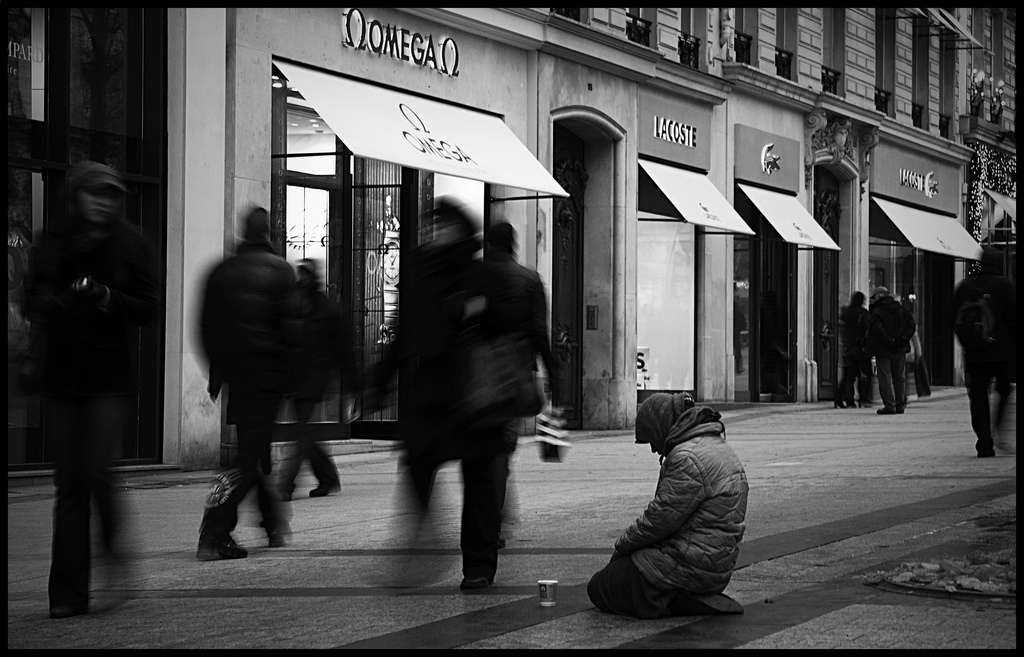I was training a group in Toronto. All of them were on their way overseas to go work in countries where poverty is the norm. They all want to help the poor. The question is what helps?
That’s when I surprised them with a strange social experiment.
- Give $2 to a person who is obviously economically poorer than you
- Give $2 to a person who looks like they are at about the same economic level as you
- Give $2 to a person who is obviously economically wealthier than you
The Poor
The Same
The Rich
 It was when people tried to give money to the rich that things got really interesting. Flashes of irritation crossed people’s faces. Responses were quick and snappy, “No thanks” and “I don’t want this”. People walked away in a hurry, trying to avoid the giver.
It was when people tried to give money to the rich that things got really interesting. Flashes of irritation crossed people’s faces. Responses were quick and snappy, “No thanks” and “I don’t want this”. People walked away in a hurry, trying to avoid the giver.What does it mean to help the poor?
- the giver is benevolent, the receiver should be grateful.
- the giver is kind, the receiver is needy
- the giver is good, the receiver should learn from them
Giving $2 to a homeless person reminds us that we are noble. We are re-affirmed and thanked. When we disrupt this story (by giving money to the non-poor) we create tension. It breaks down this story. This is a good thing.
Poverty needs you in power.
If we continue to find immediate gratification by giving to an person who can thank us. We will continue to reinforce the power structure that poverty requires. Don’t believe me? Do one of two things:
- Just go and try to give some money away to a rich person yourself.
- Or sit on the corner and beg for money for 30 minutes
So what should you do with that $2 in your pocket the next time you want to help the poor? You may just try giving it to a person in a BMW. This kind of giving will change your perception of how money affects you as a giver just as much as it does the receiver.
Until we change how we give, we won’t be able to understand how others need to receive.
$2 per day per person, is the average of the national poverty lines for all developing countries.
Never believe that your $2 doesn’t make a difference. It makes a powerful difference in people’s lives.
Did this post intrigue you? If so, tell me why in the comments below.
Mark Crocker

